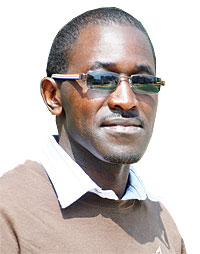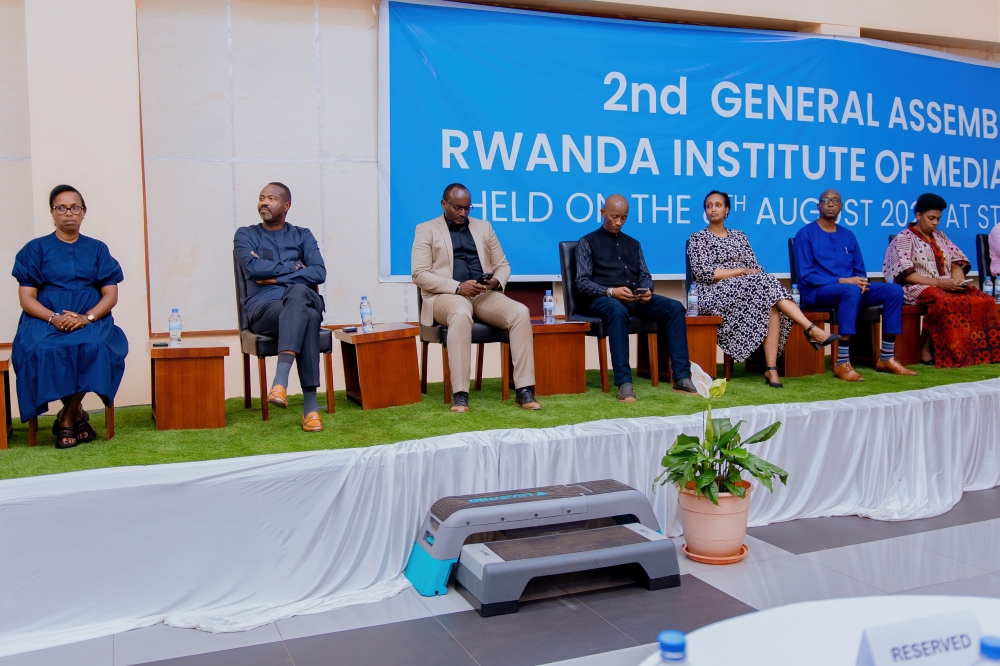From Newton’s Principia Mathematica first written in 1685 to Einstein’s special relativity theory written in 1905, Mathematics has from one century to another played a vital role in the development of science and Technology which in turn has had a significant impact on man’s quality of life.


From Newton’s Principia Mathematica first written in 1685 to Einstein’s special relativity theory written in 1905, Mathematics has from one century to another played a vital role in the development of science and Technology which in turn has had a significant impact on man’s quality of life. From the most complex computer program Algorithms to the latest Nano Technology designs, all are mostly done by Mathematicians. Mathematics has evolved as much as man who has devoted almost the same time of his existence to understanding and applying it to solve his problems. The trends in learning and application of mathematics have also changed with time as man continues to face more diverse and challenging problems. The more man has advanced in technological pursuits, the more he has continued to be faced with more challenging problems that require equally advanced scientific tools to solve them. Take an example of the recent asteroid that hit some remote village in Russia injuring scores of people. NASA has already announced an ambitious program designed to capture an asteroid in space with the aim of protecting the earth in future should it be faced with such a scenario at a grand scale. Once the team of scientists to work on the project has been selected, I can assure you almost half of them shall be mathematicians. The most common denominator in the education programs of most countries which have advanced in technology plus those which are on the path to becoming developed countries, especially the Asian Tigers has been a systematic development program for training mathematicians at all levels. This is not to say that other disciplines are not important in the transformation of our country.Rwanda’s vision 2020 makes a strong case for a well-trained and skilled human resource to spur the development of science and technology in future. The government and other stakeholders in the education sector especially institutions of higher learning will agree mathematics is a foundation of all science subjects. So these future scientists such as engineers, doctors, computer scientists and all other disciplines will not just acquire top notch mathematical skills in their university years only. The government must design a well-structured program right from primary to secondary level to improve the teaching and learning of mathematics. It’s this comprehensive understanding of mathematics as a platform on which scientific concepts are developed and expressed that will create innovative scientists. The Asian countries were successful in attracting European and American countries to outsource their labour because it was as highly skilled as their European and American counterparts. For example Microsoft, IBM Google and recently Apple plus a host of all other Tech giants would outsource bright engineers or mathematicians from India to write for them complex computer algorithms or design them computer circuit boards because of their skills. Someone at the Ministry of Education should be burning the midnight candle trying to find out how the Asian countries were able to train these scientists. Yes, Rwanda will not collapse as a state if it doesn’t invest heavily in mathematics in particular and science in general but will surely not become a technologically advanced country. It will painfully limp on in this important driver of industrialization for years to come. We can stand on the dais and make grand political declarations but once we don’t do what is basically needed to be done, the statements shall be as quickly forgotten as the people that made them once the dust settles. I shall in future once allowed space again elaborate on new trends in learning and teaching mathematics.The writer is a lecturer in the department of Civil Engineering, INES-Musanze




